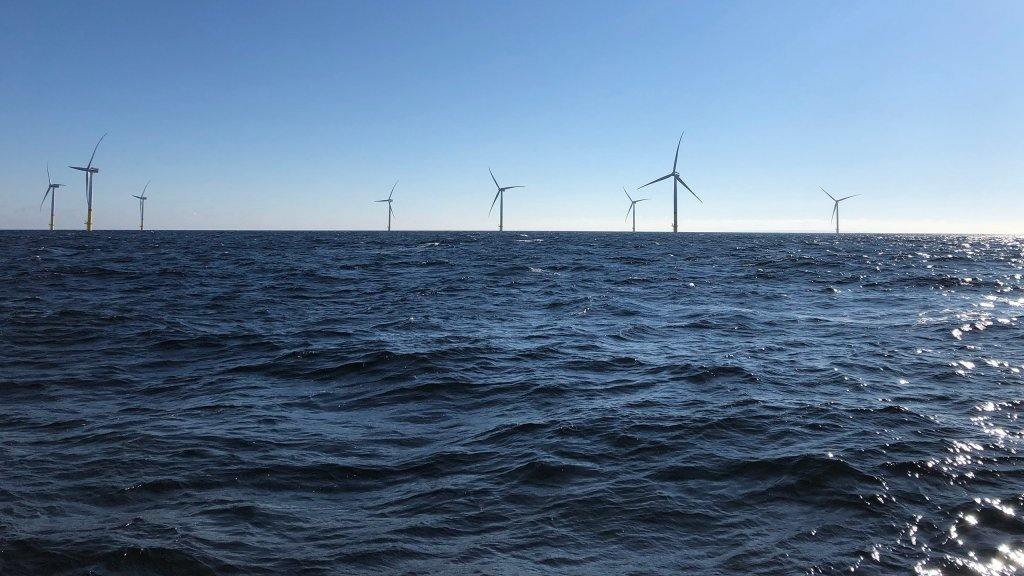South Korea awards almost 1.9GW of offshore wind capacity

South Korea is making significant strides in renewable energy. The Ministry of Trade, Industry, and Energy has recently awarded nearly 1.9 gigawatts (GW) of offshore wind capacity. This decision comes as part of the country’s commitment to increase its reliance on clean energy sources. The awarded capacity spans five projects, showcasing a mix of fixed-bottom and floating wind technologies. This move not only supports South Korea’s energy goals but also positions the country as a leader in the offshore wind sector.
Details of the Offshore Wind Projects
The recent auction resulted in the allocation of 1,886 megawatts (MW) across various projects. Among these, three are fixed-bottom projects, while one is a floating wind project. Notably, the floating wind project, named Firefly, is developed by Equinor and has a capacity of 750 MW. This project is significant as it represents the growing interest in floating wind technology, which can be deployed in deeper waters where traditional fixed-bottom turbines are not feasible.
In addition to the Firefly project, the auction awarded contracts to several other developers. Vena Energy secured a 500 MW project in Taean, while Daehan Green Power received approval for a 104 MW project in Yeonggwang. The Jeonnam project, Anma, is particularly noteworthy as it is divided into two phases. The first phase has a capacity of 224 MW, and the second phase will add another 308 MW. This phased approach allows for a more manageable implementation of the project while maximizing the overall capacity.
The government has also established a 20-year fixed tariff power purchase agreement for the four developers involved. The auction’s ceiling price was set at $124.3 per megawatt-hour, ensuring a stable revenue stream for the developers while promoting investment in renewable energy.
Navigating the EU ETS, its extension to shipping and the future of ETS 2
Future of Offshore Wind in South Korea
The recent auction is part of a broader strategy to expand South Korea’s renewable energy portfolio. In October, the Ministry opened a tender for a total of 2.8 GW of wind and solar energy capacity. Out of this, 1.5 GW was specifically allocated for offshore wind projects. The tender aimed to attract developers to invest in both fixed-bottom and floating wind technologies. The response exceeded expectations, with 1 GW allocated for fixed-bottom projects and 500 MW for floating projects.
This ambitious plan reflects South Korea’s commitment to reducing its carbon footprint and transitioning to sustainable energy sources. By investing in offshore wind, the country aims to harness its vast coastal resources. The government’s proactive approach in setting clear targets and providing financial incentives will likely encourage further investment in the sector.
As South Korea continues to develop its offshore wind capabilities, it is poised to become a key player in the global renewable energy market. The successful completion of these projects will not only contribute to energy security but also create jobs and stimulate economic growth. The future looks bright for offshore wind energy in South Korea, paving the way for a cleaner and more sustainable energy landscape.
